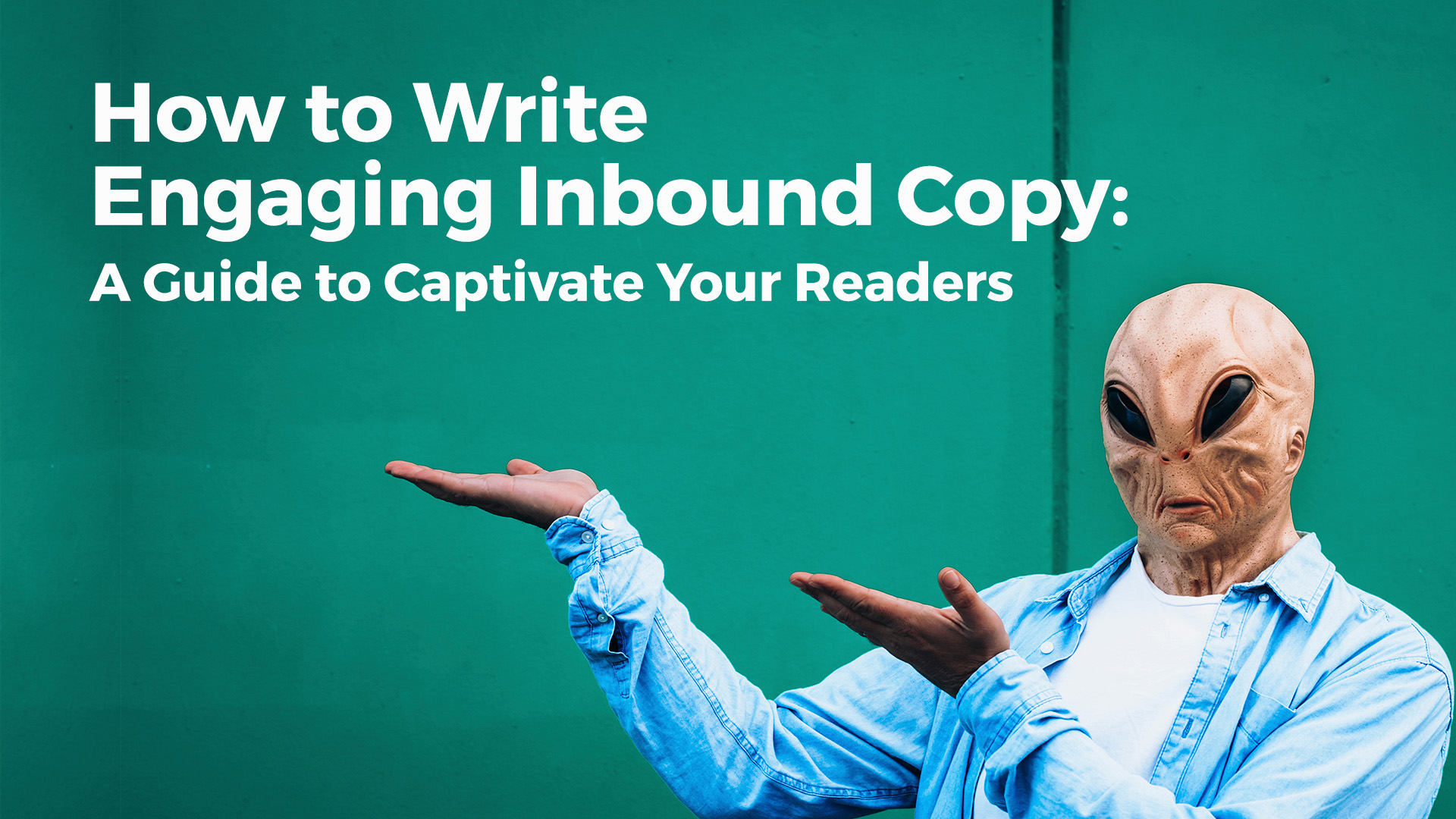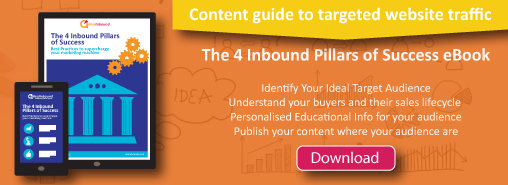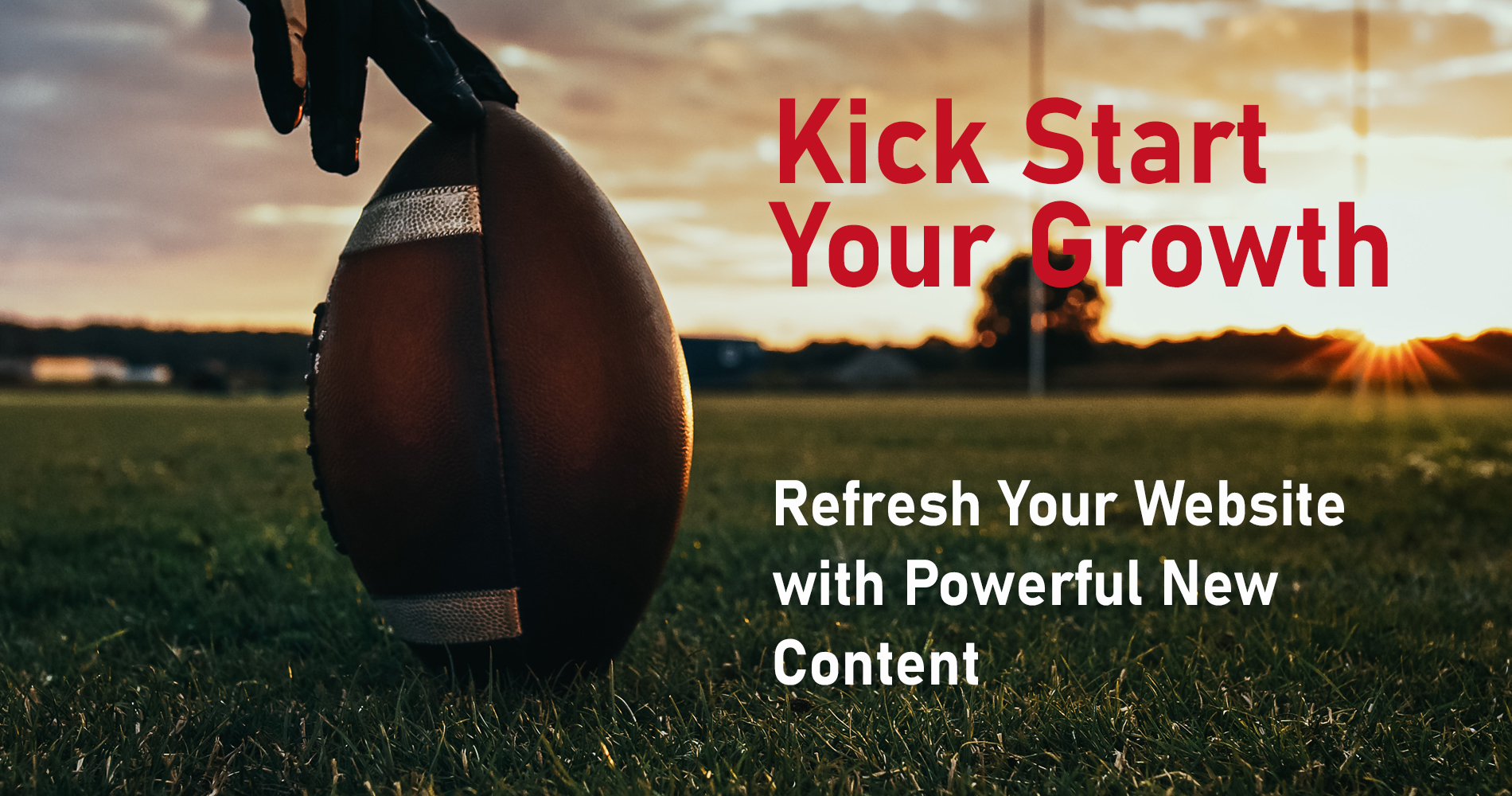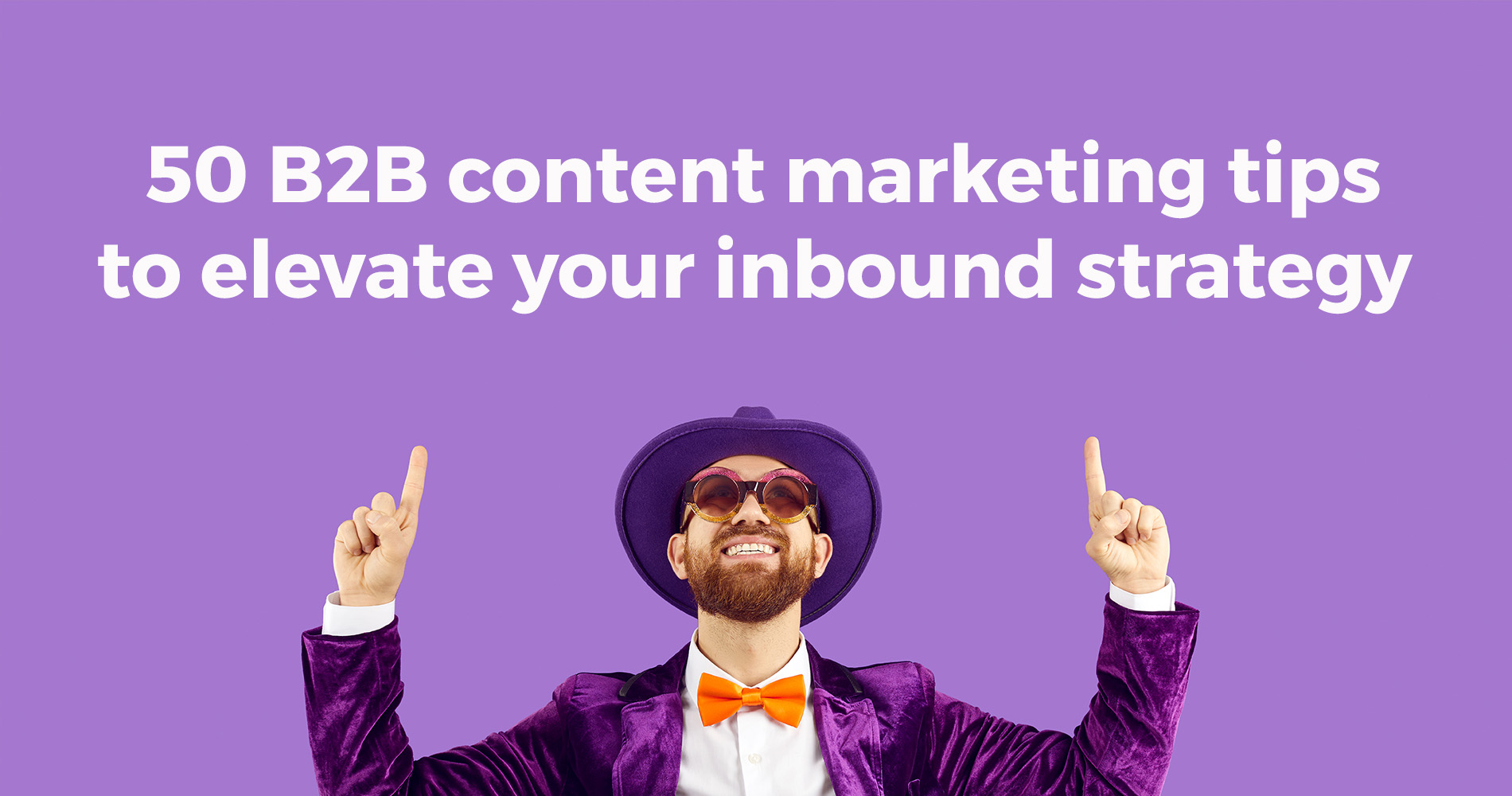You've done your research, created a content strategy, and have your keywords ready. But when faced with that blank page, the challenge of writing engaging inbound content becomes apparent. You need to strike the right balance between captivating and informative writing to not only delight your readers but also convert them into loyal customers. In today's world, where readers are increasingly cautious, convincing them to take action requires some proven techniques. In this article, we will explore actionable tricks that will boost your confidence and help you write compelling inbound copy that stands out from the crowd.
Engaging Inbound Copy Starts with the Reader
Understanding your audience is crucial when it comes to creating captivating inbound content. Here are key points to consider:
- Preferred Tone of Voice:
Take a closer look at articles and blogs in your niche. Assess the tone they use—is it formal or casual? The use of contractions and personal pronouns can indicate the tone. Align your content with the preferences of your target audience to create a connection.
- Identifying Challenges:
Inbound copy should provide value by addressing the challenges your readers face. Whether through DIY solutions or by showcasing how your product or service can help, make sure to highlight the solutions throughout your article.
- Addressing Emotions:
Beneath the surface, your readers have a range of emotions. Understand their motivations and aim to make them feel better about their situation. By acknowledging their insecurities or fears and providing guidance, you can connect with readers on a deeper level.
- Persuasive Techniques:
The right words can work magic. Use social proofing to build trust by including case studies, customer testimonials, or even videos demonstrating your product. These techniques tap into our inherent social nature and strengthen your copy's engagement.
- Consider the Buyer's Journey:
Knowing where your readers are in their buyer's journey is vital. Tailor your content and call-to-action (CTA) based on their level of familiarity with your brand. Recognise that readers at different stages require varying levels of convincing and information.
Optimising Inbound Copy for SEO
To attract the right readers, it's essential to align your inbound copy with search engine optimisation (SEO) strategies. Here's how to do it effectively:
- Match Keywords with Search Intent:
Choose keywords that align with the search intent of your target audience. For awareness-level content, focus on educational keywords that address generic search terms. Consideration-level content should provide informative insights and practical takeaways. Decision-level content should be transactional and highlight commercial keywords.
- Research Search Intent:
If you're unsure about the search intent behind a keyword, search it yourself. Analyse the top-ranking content to understand what kind of inbound copy aligns with that keyword. This will guide you in creating appropriate and effective content.
YOU MAY LIKE TO READ: 3 Copywriting Methods to Use for Your Next Website Redesign
Structuring Engaging Inbound Copy
A well-structured piece of content keeps readers engaged throughout. Consider the following structure as a starting point:
- Title
- Brief introduction with a hook that evokes an emotion and includes a keyword.
- Summarise the reader's problem, using long-tail keywords.
- Explain how your content will solve that problem.
- Use subheadings to separate main subtopics, incorporating keywords where appropriate.
- Conclusion and CTA that brings together what the reader has learned and compels them to take the desired action.
Create Engaging Calls to Action
CTAs are crucial in generating leads and nurturing prospects. Tailor your CTAs based on the buyer journey stage:
- Awareness-level CTAs lead readers to top-level educational content.
- Consideration-level CTAs direct readers to guides, checklists, and practical content.
- Decision-level CTAs prompt readers to take action, such as signing up for a free trial, requesting a quote, or making a purchase.
Here are some tips for creating engaging CTAs:
- Be Clear and Actionable:
Use concise and straightforward language that clearly conveys what action you want the reader to take. For example, instead of using generic phrases like "Learn More" or "Click Here," be specific and use action-oriented words like "Get Your Free Ebook" or "Start Your 30-Day Trial."
- Create a Sense of Urgency:
Encourage immediate action by incorporating time-sensitive language or limited-time offers. Phrases like "Limited Stock Available," "Offer Ends Soon," or "Don't Miss Out" can create a sense of urgency and motivate readers to act quickly.
- Highlight Benefits:
Communicate the benefits readers will gain by taking the desired action. Whether it's saving time, improving productivity, or gaining exclusive access, emphasise the value they will receive by following through with the CTA.
- Use Design Elements:
Make your CTA visually appealing and easy to locate on the page. Use contrasting colours, bold fonts, or buttons to draw attention to the call to action. Position it strategically within the content, such as at the end of a section or near relevant information.
- Test and Optimise:
Continuously test different variations of your CTAs to see which ones perform best. A/B testing can help you determine which wording, design, or placement resonates most with your audience. Analyse the data and optimise your CTAs accordingly.
Engage with Compelling Storytelling
Storytelling is a powerful tool for capturing and holding the reader's attention. Incorporating narratives within your inbound copy can make it more relatable, memorable, and engaging. Here's how to leverage storytelling effectively:
- Identify a Relevant Story:
Look for real-life stories, anecdotes, or case studies that relate to your topic or target audience. These stories can be personal experiences, customer success stories, or industry-related examples that illustrate the key points you want to convey.
- Connect Emotionally:
Engage readers on an emotional level by emphasising the human aspects of your story. Use vivid descriptions, sensory details, and relatable characters to create an emotional connection. This helps readers feel invested and connected to your content.
- Follow a Narrative Structure:
Structure your story with a clear beginning, middle, and end. Introduce the setting and characters, present the conflict or challenge, and then reveal how the solution or resolution was achieved. This narrative arc keeps readers engaged and curious about the outcome.
- Show, Don't Just Tell:
Instead of simply stating facts or features, show the impact and transformation through storytelling. Paint a picture with words and let readers experience the story through imagery, dialogue, and sensory details.
- Tie the Story to Your Message:
Ensure that your story aligns with the main point or message you want to convey in your inbound copy. The story should enhance and support the key takeaways or solutions you're presenting, reinforcing the value of your content.
In Conclusion
Writing engaging inbound copy requires a deep understanding of your audience, strategic SEO optimisation, effective structure, compelling CTAs, and captivating storytelling. By incorporating these elements into your writing process, you can create content that captivates your readers, builds trust, and ultimately drives them to take the desired action. Remember to continuously refine your approach based on audience feedback and data analysis to optimise your results. Happy writing.





